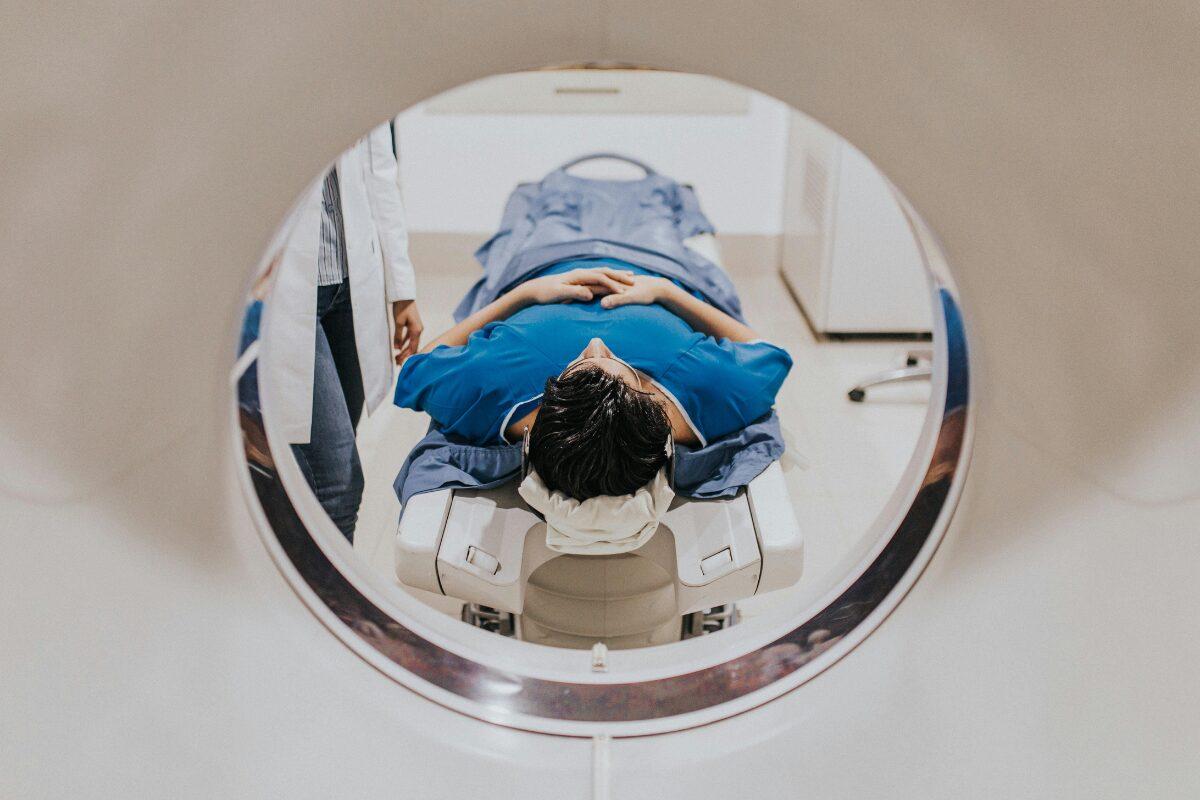The contraceptive implant is a highly effective form of contraception (approximately 99% effective). It is a small plastic rod, containing the hormone progesterone, that is inserted under the skin on the inner aspect of the upper arm. It works by thickening cervical mucus and can stop ovulation. The implant lasts for three years at which point it can be replaced if desired. Once removed fertility returns quickly.
Why do women choose the contraceptive implant?
It is a very effective form of contraception that does not require women to remember to take a pill. It is also very discreet but can be felt by the user under the skin of the upper arm. It can also be fitted at any point in the menstrual cycle or after birth or termination.
Who can use the contraceptive implant?
It is particularly suited for women who cannot for whatever reason use a contraceptive containing oestrogen, for example women with focal migraines or high blood pressure or who are overweight. It is also particularly suited for women who may find it difficult to remember to take a pill. It can also be used while breastfeeding.
Are there any side effects?
Although most women have no side effects, some women can have side effects related to the progesterone such as fluid retention, breast tenderness or acne.
Some women find their periods change. In some women periods stop altogether, although the majority find this beneficial. Some women experience irregular bleeding.
How is the contraceptive implant fitted?
The implant is fitted during an outpatient appointment by a consultant. You will need an injection of local anaesthetic just under the skin that is on the inner aspect of the upper arm. The implant is then inserted but this should not be painful.
A bandage is normally placed around the upper arm for 24 hours. Some localised bruising or pain can occur but this usually settles after a few days.
Are there any risks associated with the contraceptive implant?
Most side effects should they occur are short-lived and settle after a few months. Red flag symptoms are post-coital bleeding and persistent intermenstrual bleeding as well as pelvic pain, abdominal swelling/bloating & weight loss. Most settle within 6 months.
Very rarely, fitting can cause long-term local pain or discomfort.
Where can I get the implant removed?
The implant can be removed by a specialist at London Gynaecology or alternatively most NHS family planning clinics have a trained implant remover.
Removal can sometimes be difficult but is usually performed under local anaesthetic. Occasionally though a general anaesthetic is necessary especially if the implant is deep or cannot be located.




